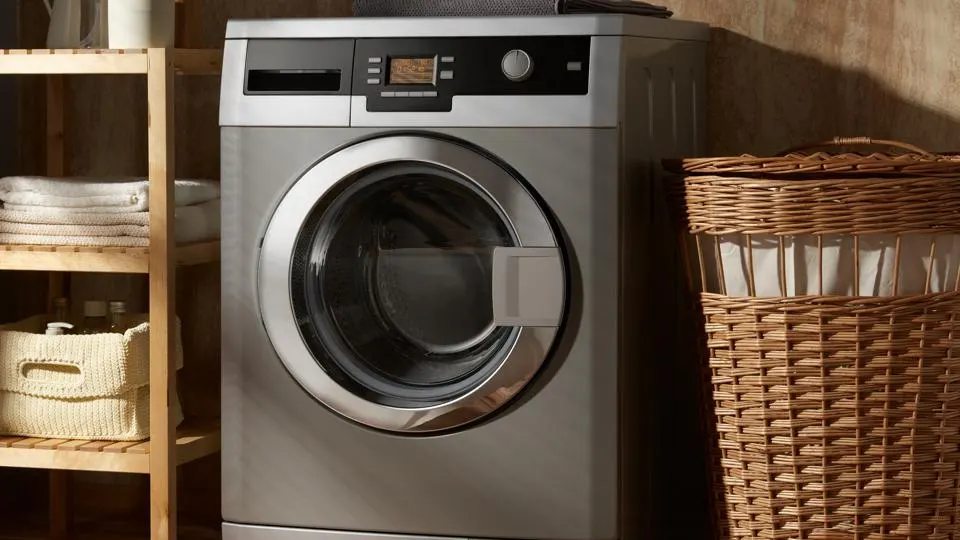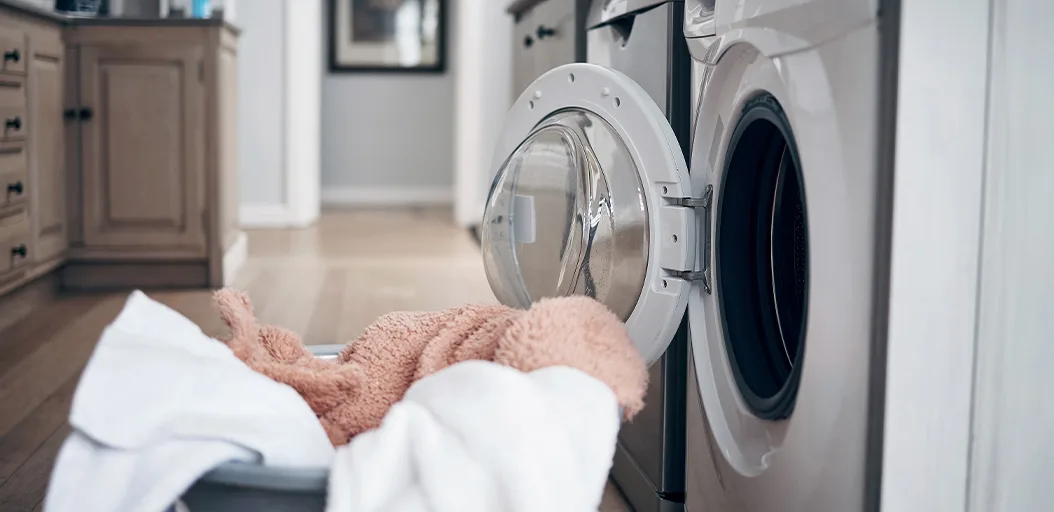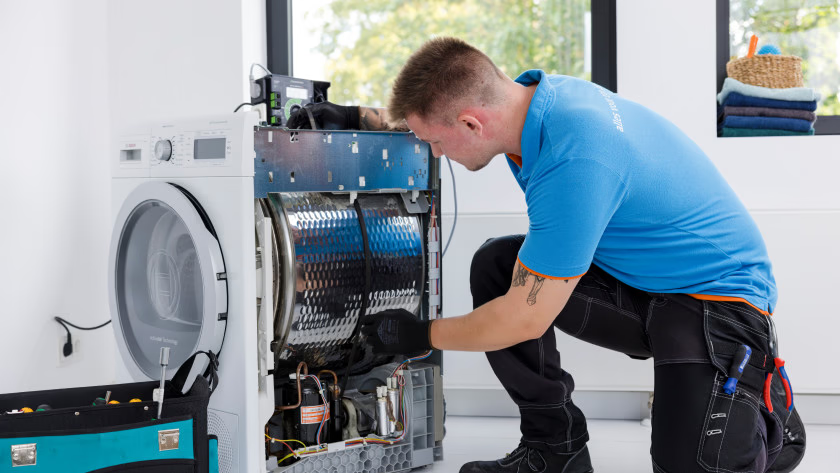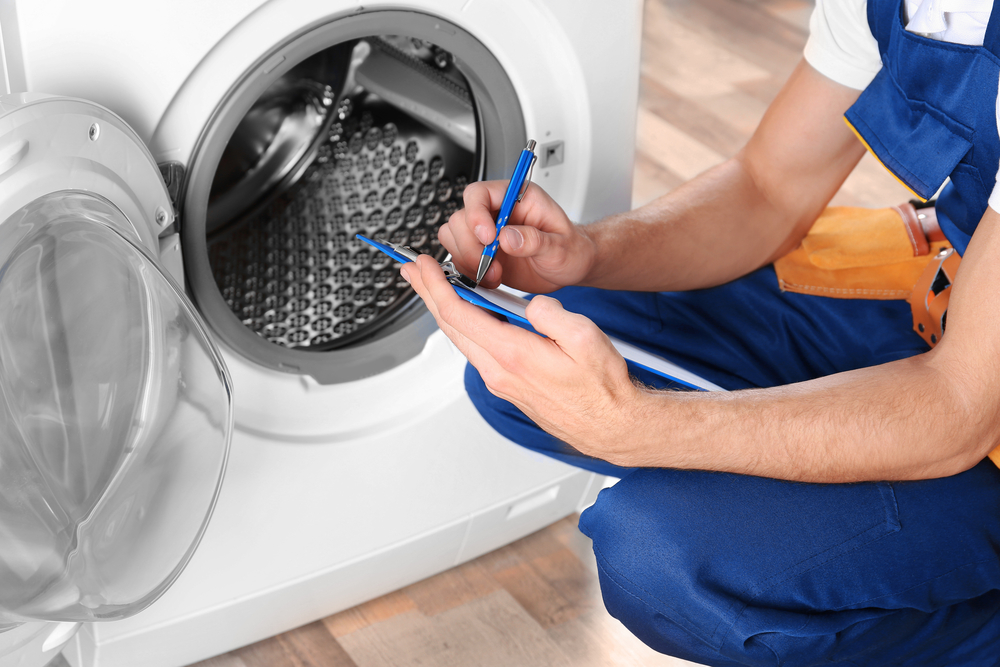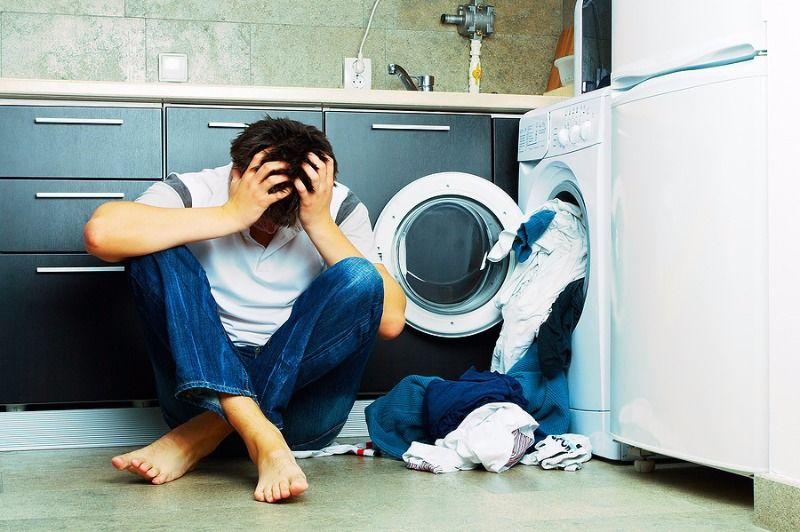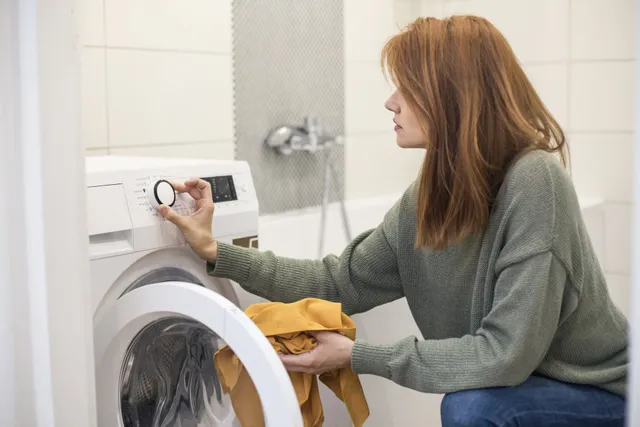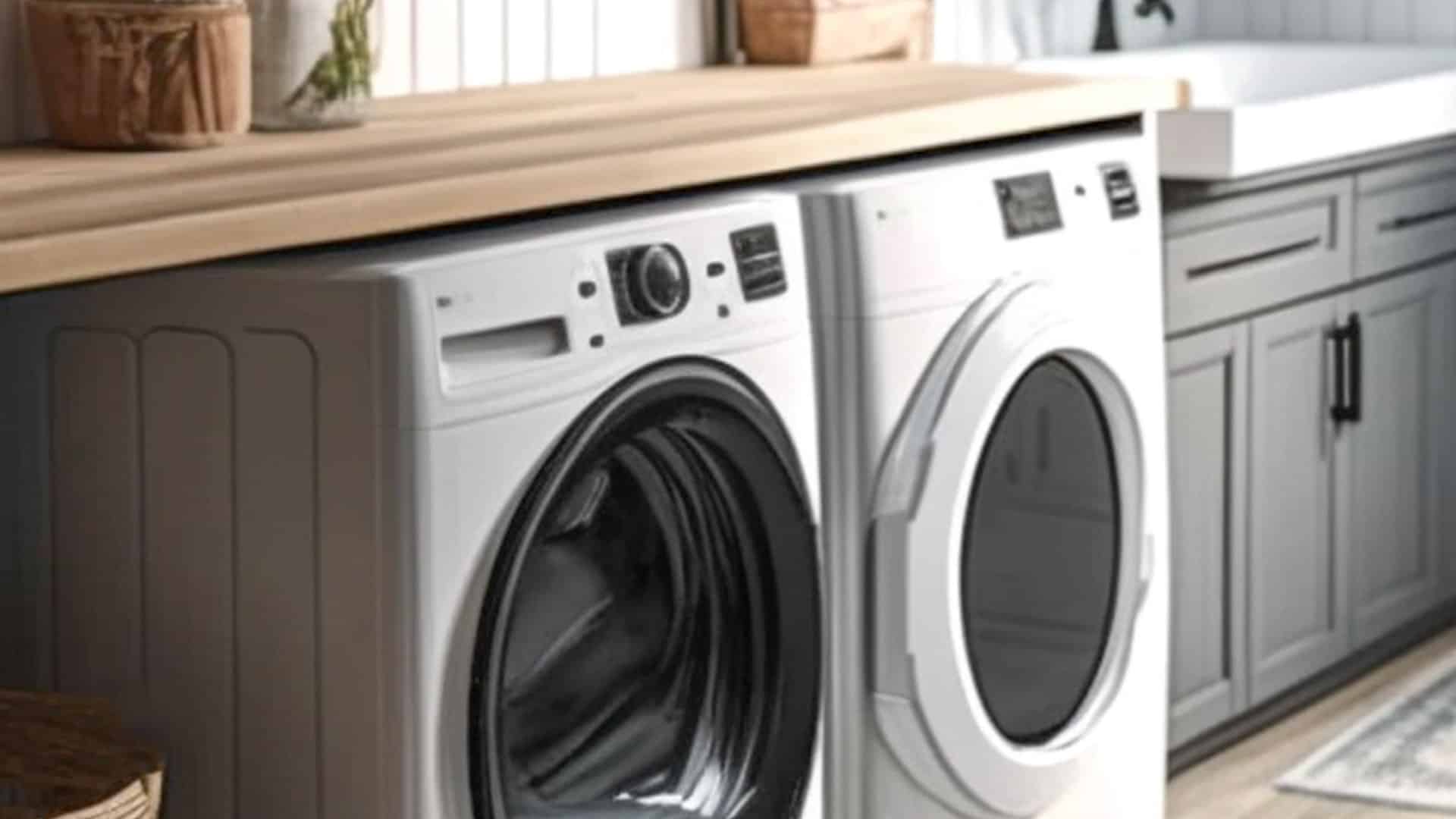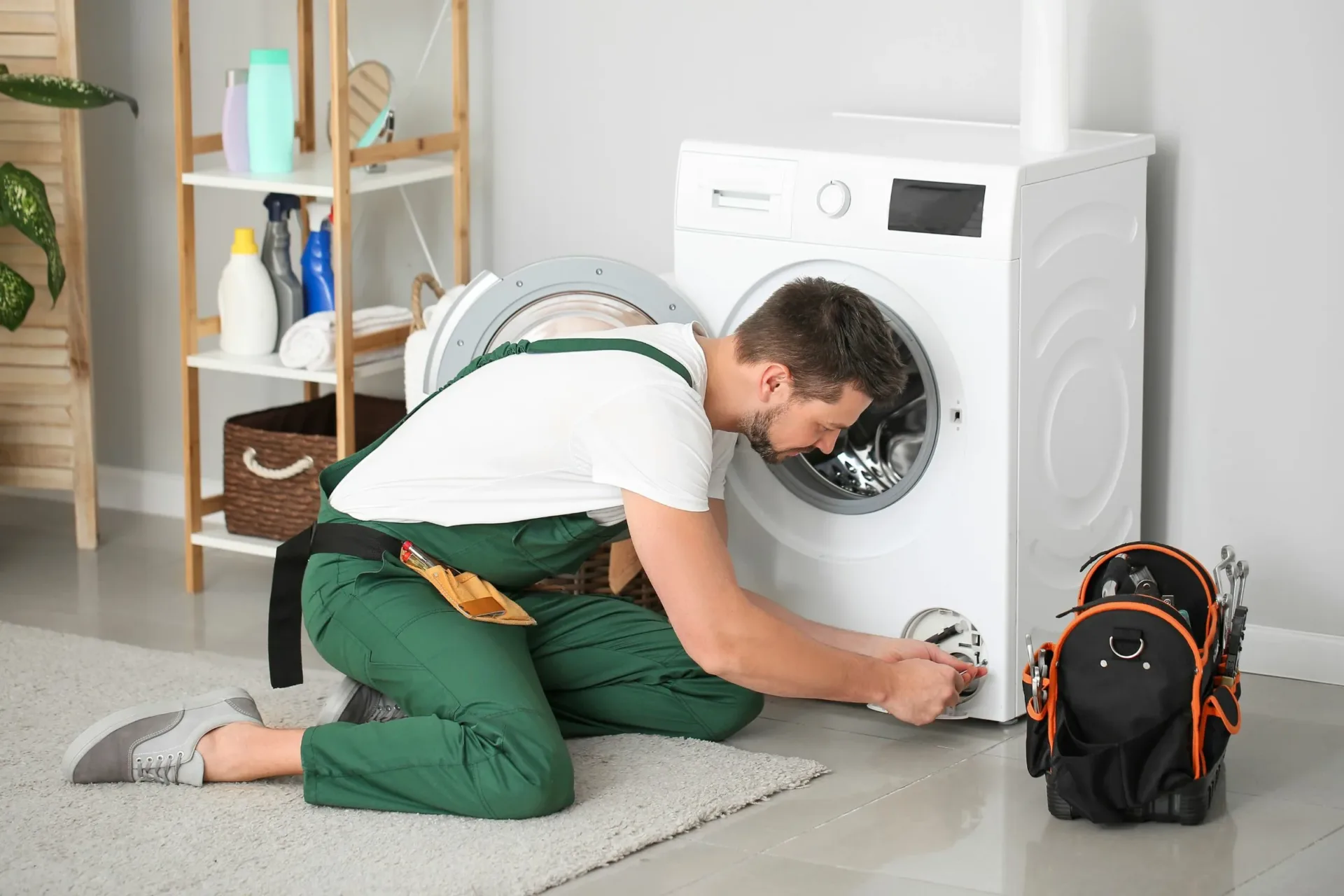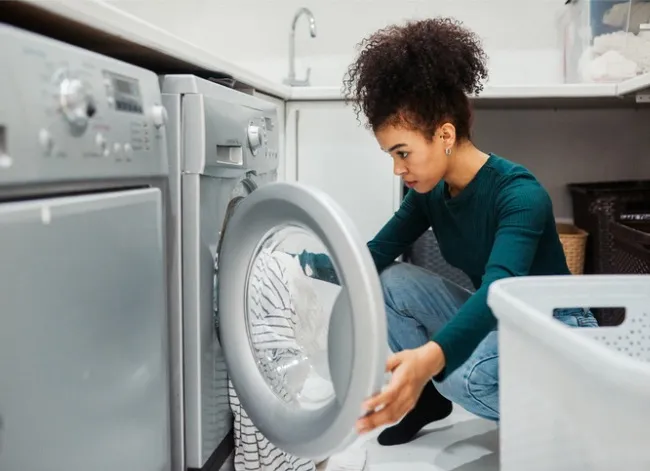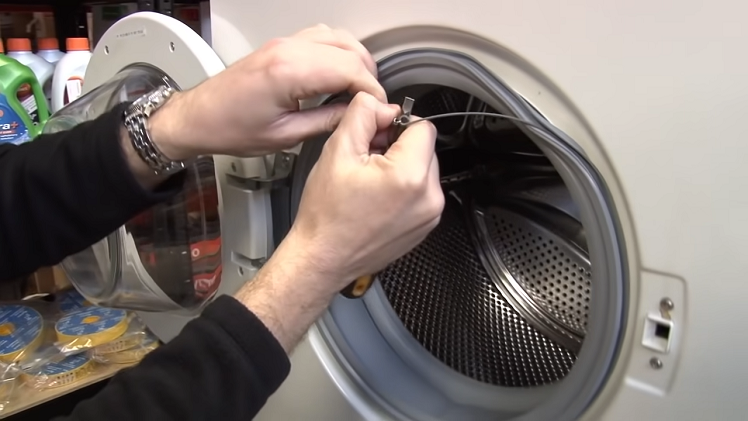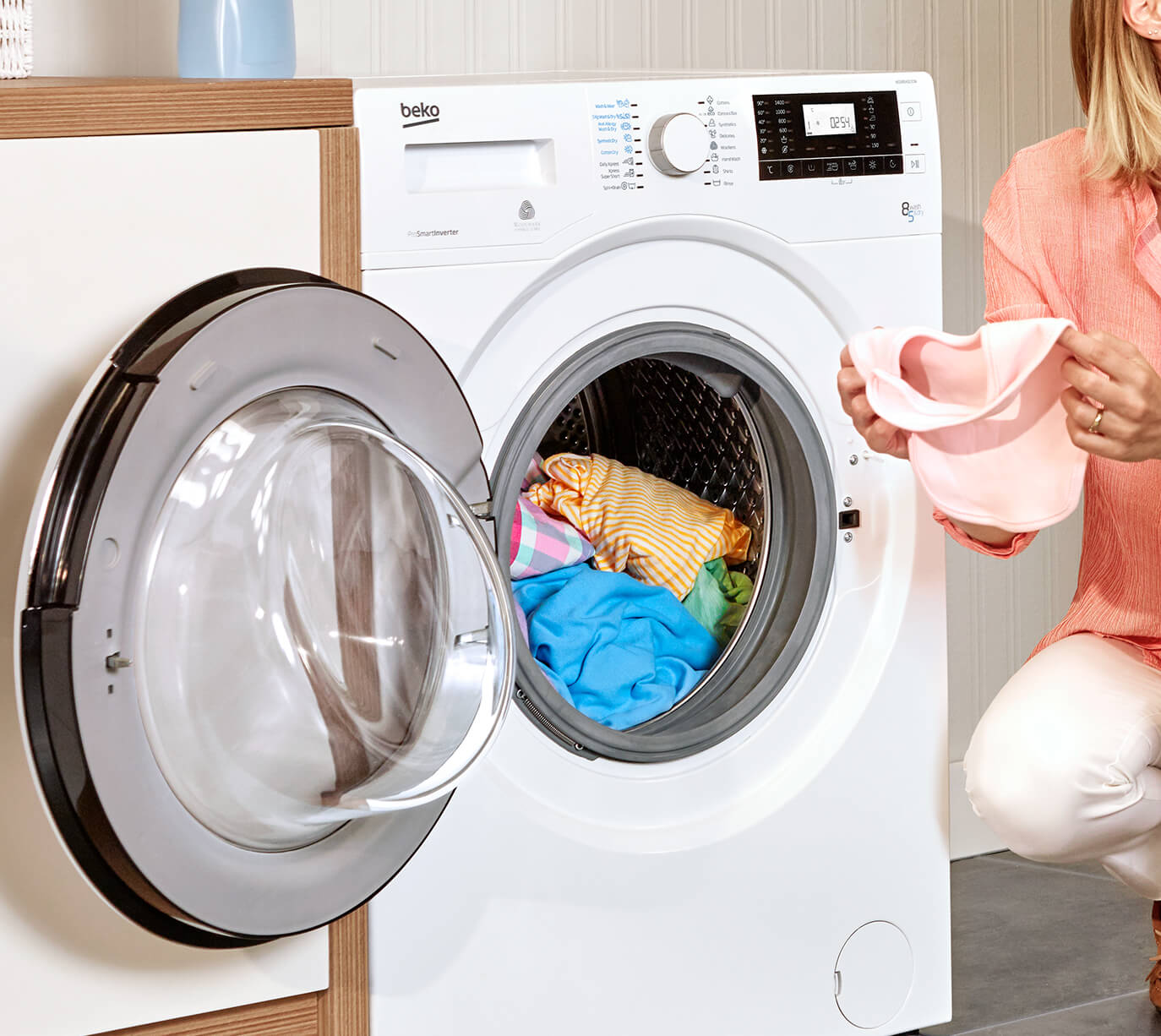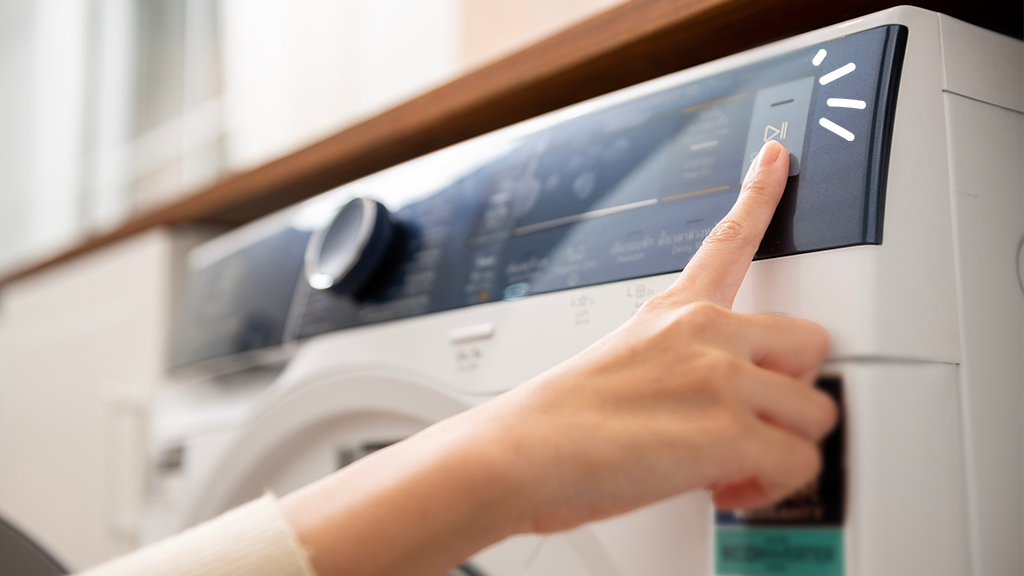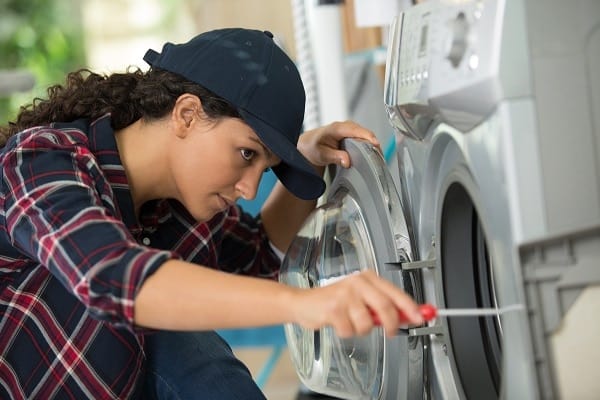Discovering that your washer won’t drain can be frustrating and may disrupt your laundry routine. A failure to drain properly can result in water remaining in the drum, leaving clothes wet and increasing the risk of mildew and mold growth. Understanding the potential causes behind a washer that won’t drain and taking appropriate action is essential to restore proper functionality. Here’s what you need to know:
Common Causes of a Washer That Won’t Drain:
- Clogged Drain Hose: A clogged or kinked drain hose can prevent water from properly draining out of the washer. Blockages may occur due to lint, debris, or foreign objects lodged in the hose.
- Blocked Pump Filter or Impeller: The pump filter or impeller may become clogged with lint, fabric, or other debris over time, obstructing water flow and preventing drainage.
- Faulty Drain Pump: A malfunctioning or worn-out drain pump may fail to effectively remove water from the washer’s drum, resulting in drainage issues.
- Drain Pump Belt or Motor Failure: If the drain pump belt is broken or the motor is faulty, the pump may not function properly, leading to drainage problems.
- Faulty Lid Switch or Door Lock: Some washers are equipped with a lid switch or door lock mechanism that prevents the machine from draining if the lid or door is not securely closed. A faulty switch or lock may prevent proper drainage.

